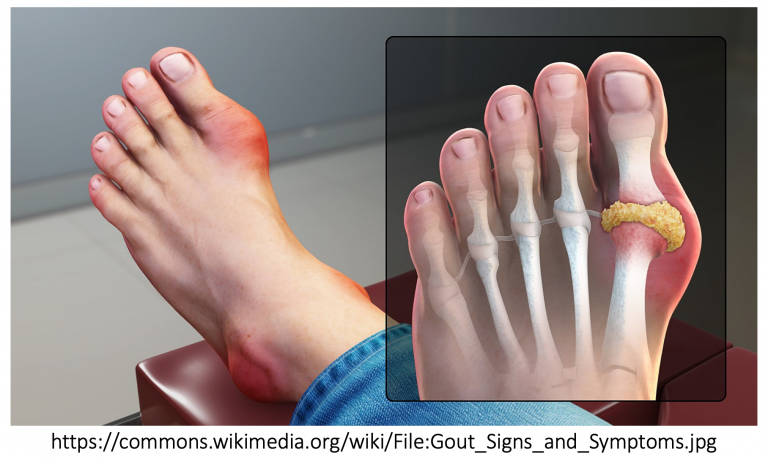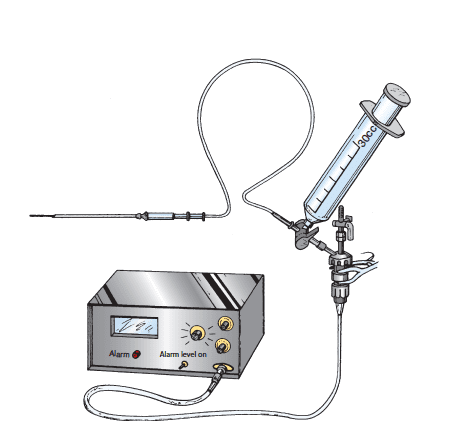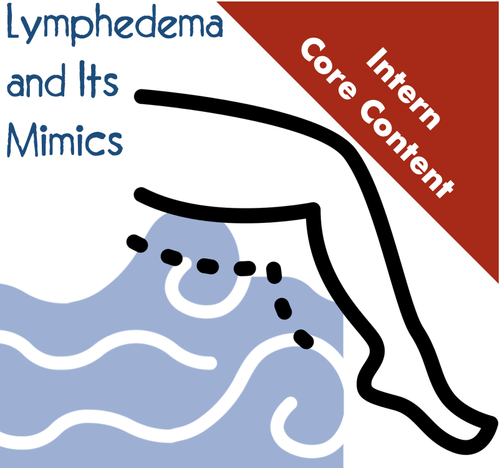Revision Resources
Recent Posts View All
May FOAMed
Gout in the ED

A 55-year-old male with history of hypertension on hydrochlorothiazide presents to the emergency department (ED) with a chief complaint of a red, swollen, and painful left big toe. The patient states his toe felt uncomfortable when he went to bed last night, but he woke up this morning with severe pain, including when wearing his socks and shoes. He denies injury, fevers, chills, or recent infection. The patient does not smoke, but he consumes one or two glasses of wine with dinner each night. In the ED, his vital signs are: T 98.9°F, HR 88 BPM, BP 154/88, RR 16, and saturating 99% on room air. You suspect an acute gout flare. What are your next steps in confirming the diagnosis and treating the patient’s acute symptoms?
Spinal Cord Injuries

Most complications occur within 24 hours of the injury. Avoiding secondary injury by appropriate early management is crucial.
Understanding the primary injury is easy. Force x spinal cord = primary spinal cord injury. In the ED, in PICU and on the wards, we follow spinal precautions to avoid worsening the initial damage (primary injury). But, aside from supporting public health campaigns, wearing seatbelts, not exceeding the speed limit and not going headfirst down a water slide, there’s very little that we, as clinicians, can do to reverse the primary spinal injury.
Compartment Syndrome

Compartment syndrome is a life and limb threatening emergency that requires early recognition, prompt diagnosis and immediate management with fasciotomy. While clinical evaluation is flawed, pain out of proportion to injury and pain with passive stretch of muscles within the compartment are the best screening tools. Do not wait for the development of pallor, absence of pulse or paralysis to consult surgery. These are late findings that may only arise once the limb is non-salvageable.
Breastfeeding
I have to be honest; I never used to really think about lactation and breastfeeding much in the Emergency Department, with the notable exception of those times I would be seeing a newborn baby. It’s probably accurate, on reflection, to say that I didn’t think or ask about it in any consultations with patients who were over 6m of age.
Then I had a child – and I thought about breastfeeding ALL THE TIME.
Lymphoedema

While our understanding of the lymphatic system has advanced dramatically over the past century, knowledge of its existence is surprisingly old. One of the oldest sources dates to the fourth century B.C., where Aristotle described “fibers which take a position between blood vessels and nerves, and which contain a colorless liquid”. His near-contemporary, Hippocrates, described axillary lymph nodes as “vessels containing white blood” [2]. True appreciation of the lymphatic system, however, would take millennia to discover. Today, while our understanding of lymphatics and their function has progressed, there remain an estimated 200 million individuals worldwide who suffer from lymphedema, with about 3 million in the United States alone [3].
Are you sure you wish to end this session?

